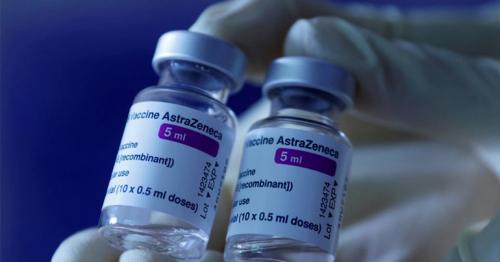A Good Diet, Rest and Warm Up Are Key to Avoiding Golf Injuries

Golf is popular worldwide; according to one study, more than 50 million people of different age groups play the sport. Golf can impact mental and physical health positively, and it can increase players’ muscular endurance and stamina.
Although golf is perceived as a relatively leisurely sport, golfers still get injured. The most commonly affected areas are the lower back, which accounts for more than 18 percent of golfing injuries, elbows (more than 17 percent), feet and ankles (almost 13 percent), shoulders (almost 12 percent) and wrists.
“Golf is an excellent sport for people of all ages but, like any other sport, the players are at risk of injury,” said Sebastien Gros, a professional golfer and member of a French golf team, on a recent visit to nanoM - a unique, independent health assessment facility developed primarily for the world of professional sports.
“One injury can lead to another. If you injure your knee, the problem could also affect your hips. It is important that a thorough analysis is performed to identify all problem areas. nanoM is ideal for professional sportsmen because it offers a comprehensive assessment of your condition and investigates any other underlying problems. The facility has everything you need. You can have an analysis of your entire body, both static and in motion,” Sebastian added.
Sebastian was accompanied by coach and sports manager Franck Lorenzo-Vera, professional golfers Gary Stal, Victor Riu, Benjamin Hebert and Frederic Lacroix and physical trainer and personal coach Benjamin Anorga.
Unlike other facilities, nanoM performs a comprehensive assessment of every sports injury. When experts assess golfers, they look for stiffness in the muscles, tendons and joints. nanoM’s advanced Sports and Human Performance Laboratory can help with the detection of both existing and potential medical problems.
According to Dr Herve Ouanezar, a Consultant Orthopaedic Surgeon at nanoM, golf is a great sport but the majority of professional and upcoming golfers have experienced an injury at one point in their careers. In his view, the biggest issue is that golf players do not realise that they need good flexibility and strength in order to avoid injury.
“We have observed that most players who get injured do not have a healthy diet, they do not get sufficient rest and they avoid warming up. A warm-up is crucial for any sport; it reduces the risk of injury. Rest is equally important; professional athletes usually take two days of rest,” said Dr Ouanezar.
Other factors that can contribute to golf injuries are poor swing mechanics, over-practice and incorrect grip.
To avoid golfing injuries, Dr Ouanezar recommends stretching. In his opinion, people who want to play the sport well should warm-up with rotations of the hips, upper limbs and upper body and wrist circles.






Comments